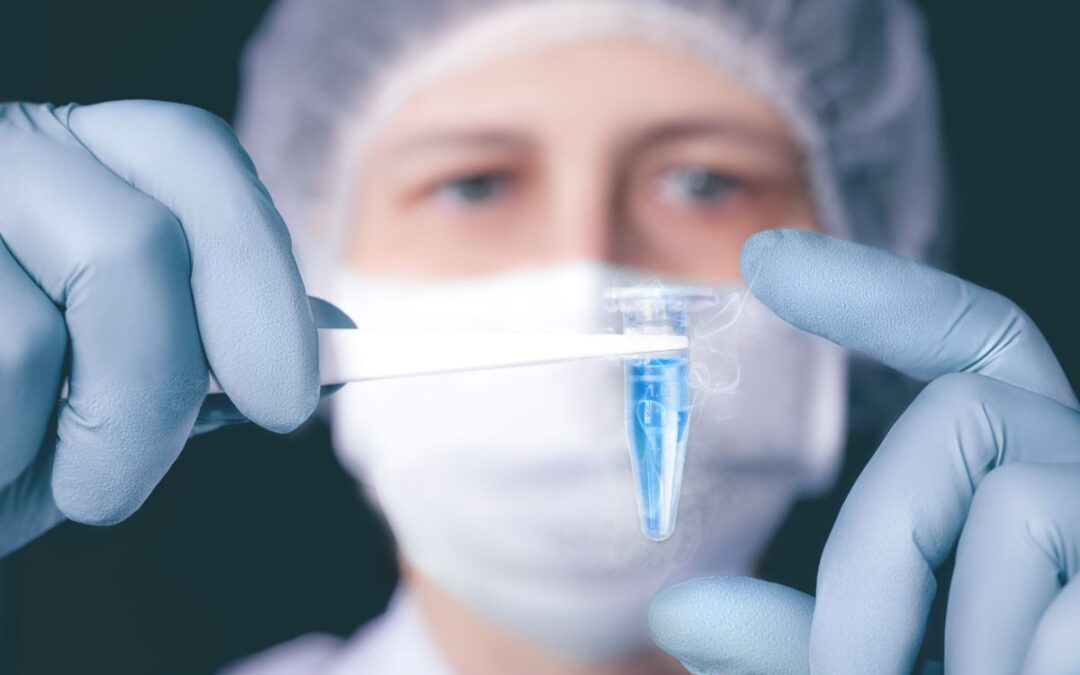Hiring an experienced lab mover to relocate temperature-sensitive biological material is critical for a successful move.
Moving a laboratory to a new site, particularly when transporting freezers and refrigerators containing valuable biological material, demands extreme care. Maintaining the optimal temperature is essential to safeguarding the transported assets’ integrity and viability.
Here are ten essential tips to ensure a successful move project.
- Planning: Evaluate potential move vendors and choose one with a proven track record, extensive experience, and cost-effectiveness. Plan laboratory moves in advance to allow sufficient preparation. Create a detailed relocation plan with the lab mover, including timelines, logistics, and contingency measures for transporting temperature-sensitive materials.
- Inventory and Labeling: Perform a comprehensive inventory of all equipment making the journey. Label the units to be transported. Ensure a clear understanding of the entire scope of work to prevent equipment from being left behind.
- Temperature Monitoring: Ensure the lab mover has an adequate temperature monitoring system to track temperature levels throughout the move. This allows the drivers to be aware of any deviations and take immediate action to prevent damage to the material.
- Emergency Response Plan: Confirm the lab mover has a comprehensive emergency response plan that outlines procedures for addressing unforeseen events, such as equipment malfunctions, and can respond effectively to emergencies and mitigate risks.
- Expertise and Experience: Select a vendor with a proven track record, expertise, and experience transporting critical material at temperature.
- Customized Solutions and Protocols: Choose a mover that provides customized solutions and protocols for a laboratory’s unique requirements and will handle the shipment with the utmost care and attention to detail.
- Documentation and Compliance: The moving vendor should ensure that all the necessary documentation, such as shipping manifests, permits, and compliance certificates, are in order.
- Insurance Coverage: Insurance coverage for transporting sensitive materials protects against loss or damage. In case of an accident, equipment malfunctions, or other unforeseen incidents, ensure the insurance policy adequately protects the shipment.
- Communication: Maintain open communication channels with all parties involved in the laboratory move, including transportation providers, laboratory staff, and receiving facilities. Keep everyone informed about the timeline and any potential issues or delays.
- Verification and Validation: Upon arrival at the new location, verify the integrity of the transported materials by performing visual inspections and temperature checks. Validate the functionality of the ULT or cryogenic freezers and refrigerators before transferring them into any new storage environment.
With careful planning, proper handling, and adherence to best practices, you can ensure the safe and successful transportation of your valuable specimens to their new destination.
Learn more about GenVault Transport Services’ comprehensive lab relocation solutions.

